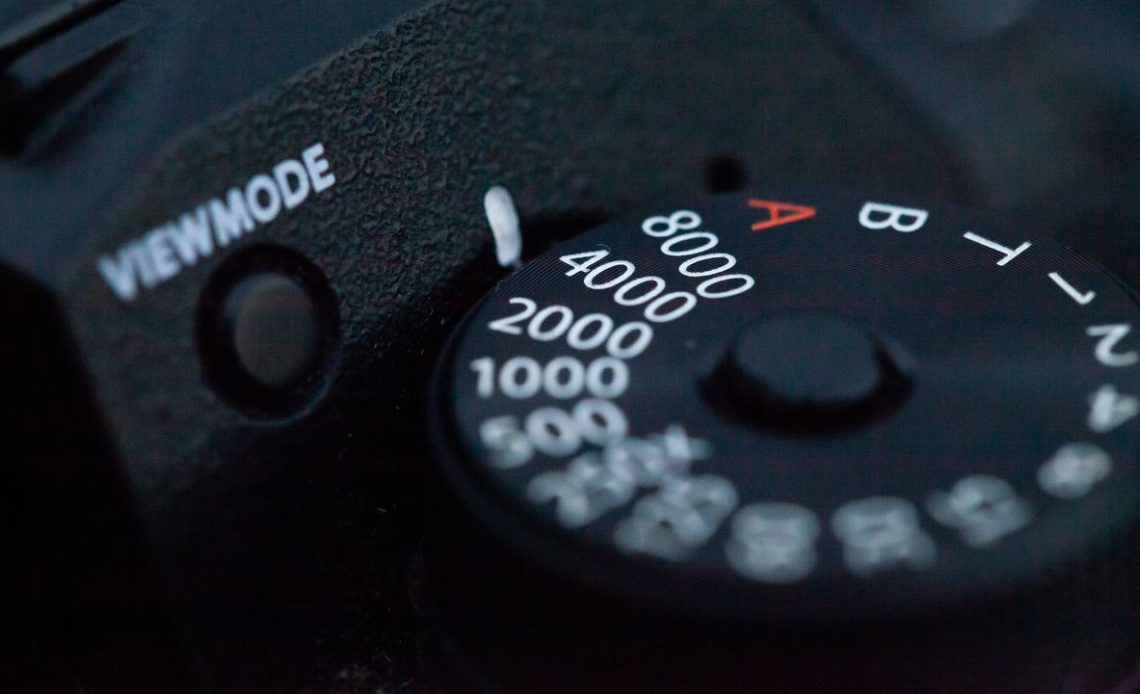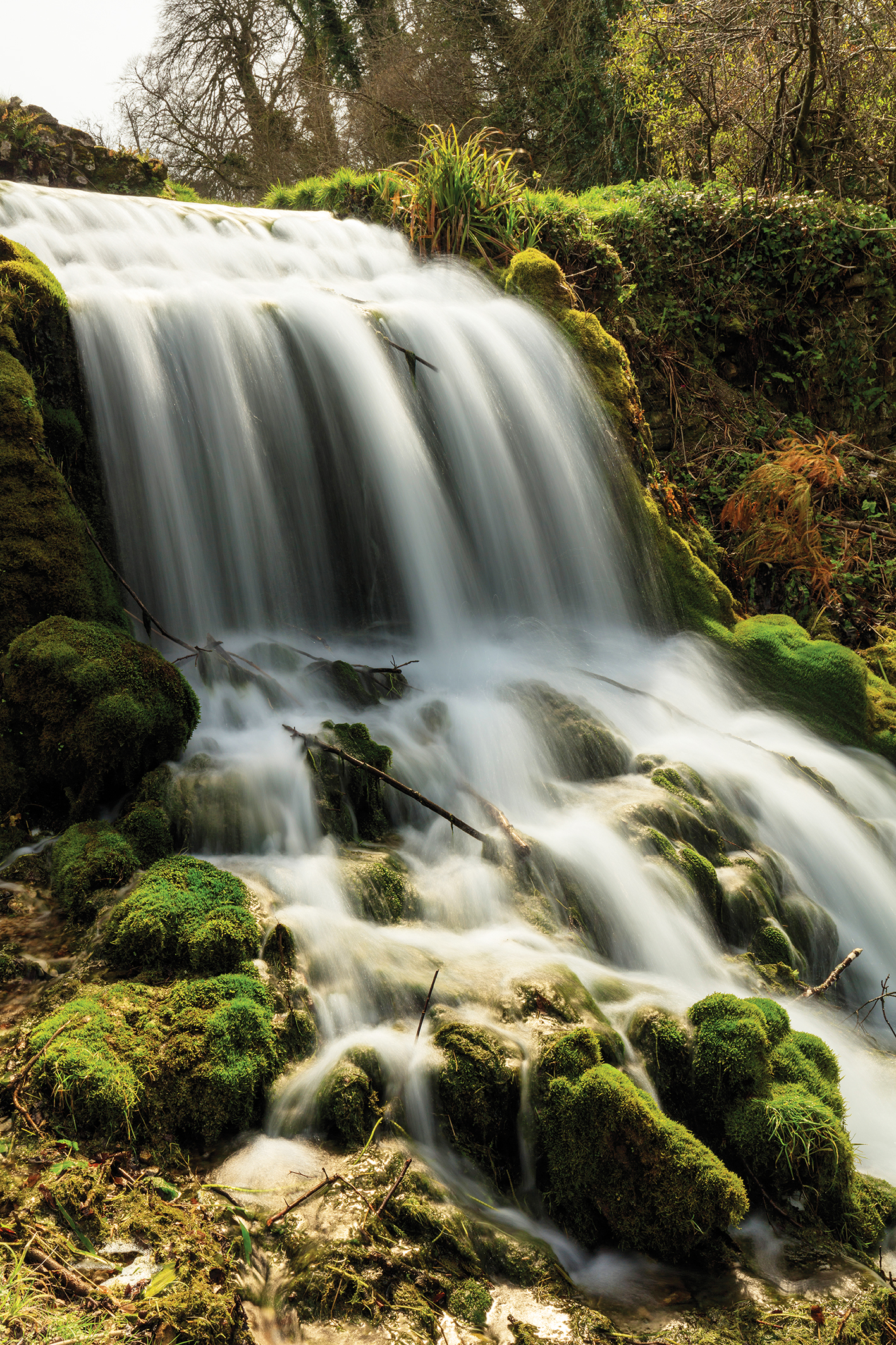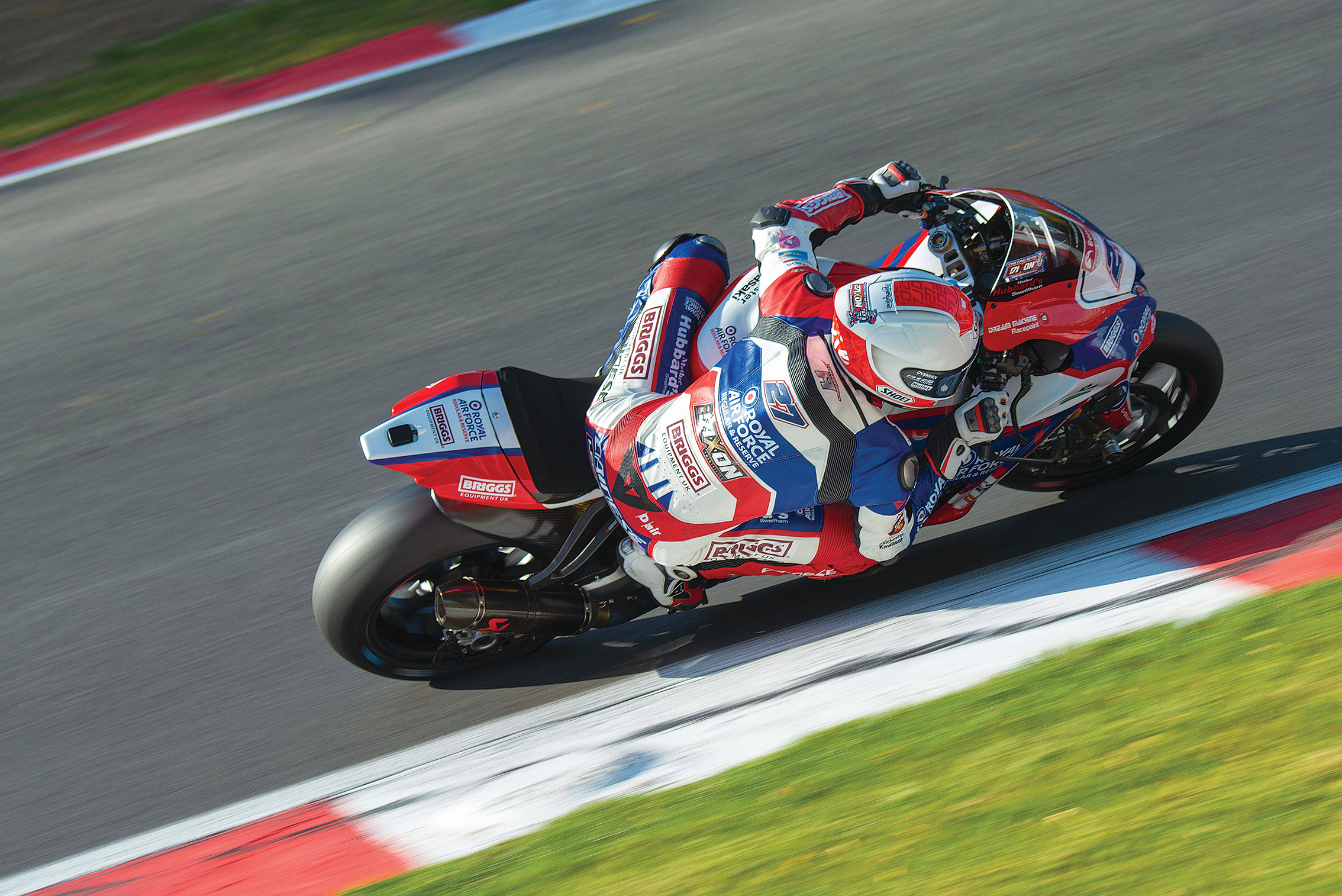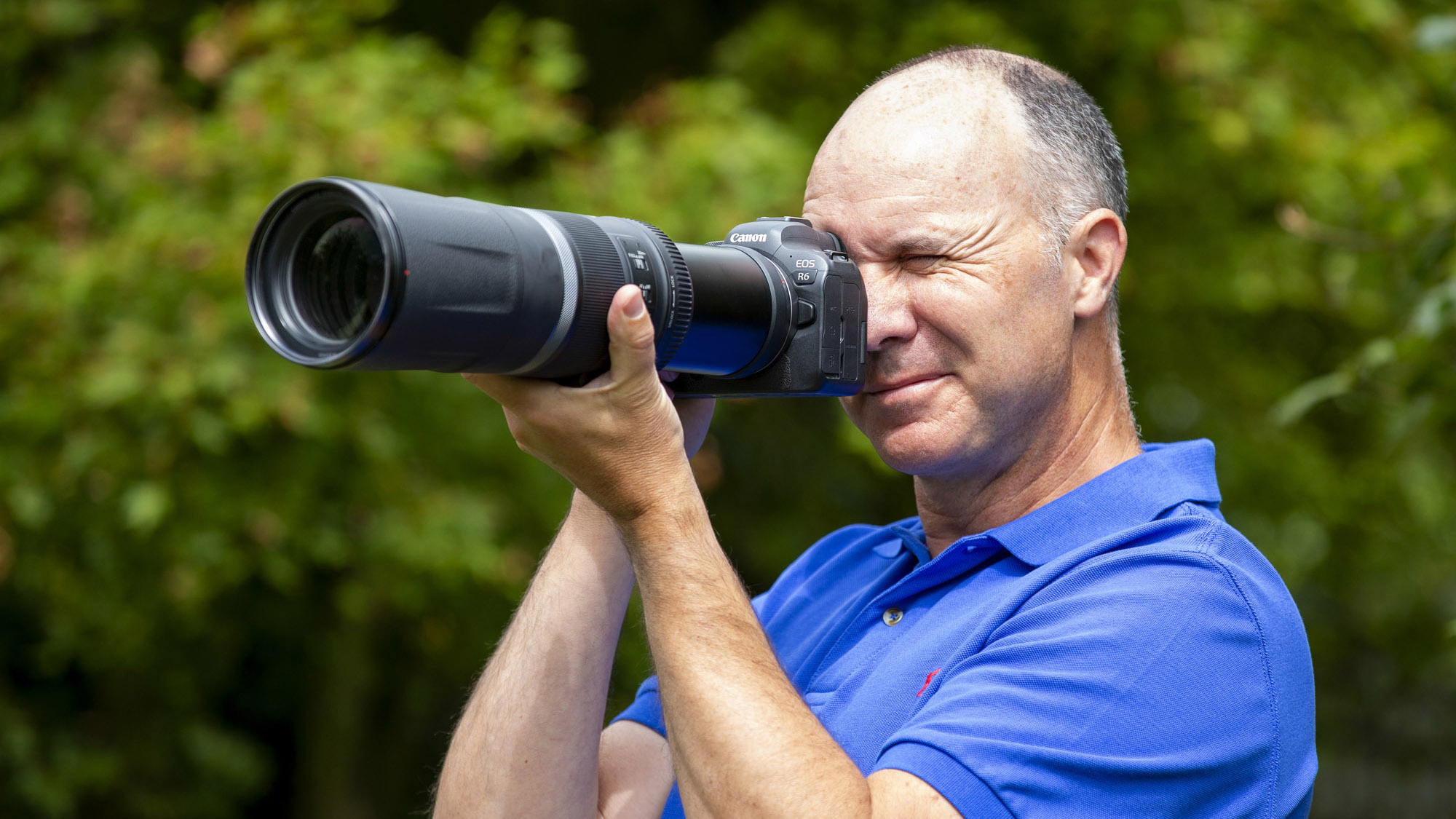
Shutter speed makes or breaks a photo. It’s the secret behind crisp, sharp images – and the magic of dreamy motion blur. But there are some myths about shutter speeds that you might have heard before, so let’s clear the air.
First of all: What even is shutter speed? It’s one of the three core exposure settings – alongside aperture and ISO – and understanding how it works gives you serious control over how your photos look and feel.
Shutter speed refers to the amount of time that your camera’s shutter stays open when you take a photo. A fast shutter (like 1/1000 sec) freezes the motion of fast subjects and lets in less light. A slow shutter speed (like 1/4 sec) lets in more light and can create motion blur. If you want to learn more, here is our shutter speed guide.
With the basics out of the way, it’s time to get mythbusting…
Myth 1: Faster shutter speeds mean better photos / slow shutter speeds ruin your shots
Not true. I, for example, love using slower shutter speeds – and so do a lot of photographers who care about mood, movement and storytelling. Sure, if you want to freeze a fast-moving subject, like a bird in flight or a sprinter mid-stride, you’ll want a fast shutter speed. But what if you want a more artistic look? Then slow it down.
Put your camera on a tripod and stretch your shutter speed – suddenly, clouds stream beautifully across the sky, water turns silky and your images gain atmosphere. When doing so, close down your aperture (a higher f-number), drop your ISO and maybe even use an ND filter to avoid overexposing in bright conditions.
Lengthening your shutter speeds also enables you to capture photos beyond daytime and create mesmerizing night shots. For more advice, check our 10 tips to create pro long-exposure shots after dark.
Lastly, long exposures can actually save your images. For example, when photographing busy streets where pedestrians turn into distracting elements within the frame, slower shutter speeds can magically make people disappear; here’s a step-by-step tutorial that will guide you through the technique.

Myth 2: You can’t capture sharp photos of fast subjects without a high shutter speed
Actually, you can. It’s all about using the right technique – like panning.
Panning is common in sports and motorsports photography. Here’s how it works: You set a slower shutter speed, lock onto your fast-moving subject and, as you hit the shutter, you smoothly follow the motion with your camera. The subject stays sharp. The background becomes a beautiful, dynamic blur.
This technique does need practice, but the results are vibrant. If you want to try it, dive into our step-by-step tutorial.

Myth 3: You can’t handhold below 1/60 sec
Once upon a time, maybe. But now? Not so much. With today’s image stabilization systems, that old “1/60 sec” rule is outdated. Many modern cameras and lenses can compensate for hand shake, enabling you to shoot handheld at slower shutter speeds without ending up with a blurry mess.
That said, technique still matters – especially when shooting with longer lenses. If needed, use nearby objects for extra support. And keep the handy reciprocal rule in mind: use a shutter speed equal to or faster than the inverse of your focal length. So if you’re shooting with a 50mm lens, aim for 1/50 sec or faster. With a 200mm lens? Try 1/200 sec or faster.
Shutter speed isn’t just about getting the “right” setting – it enables you to choose how your photo looks and feels. Sometimes fast is good. Sometimes slow is better. Going out, experimenting and breaking the myths is the way to go, so old rules don’t hold you back.

Author: Kim Bunermann
Source: DigitalCameraWorld
Reviewed By: Editorial Team



